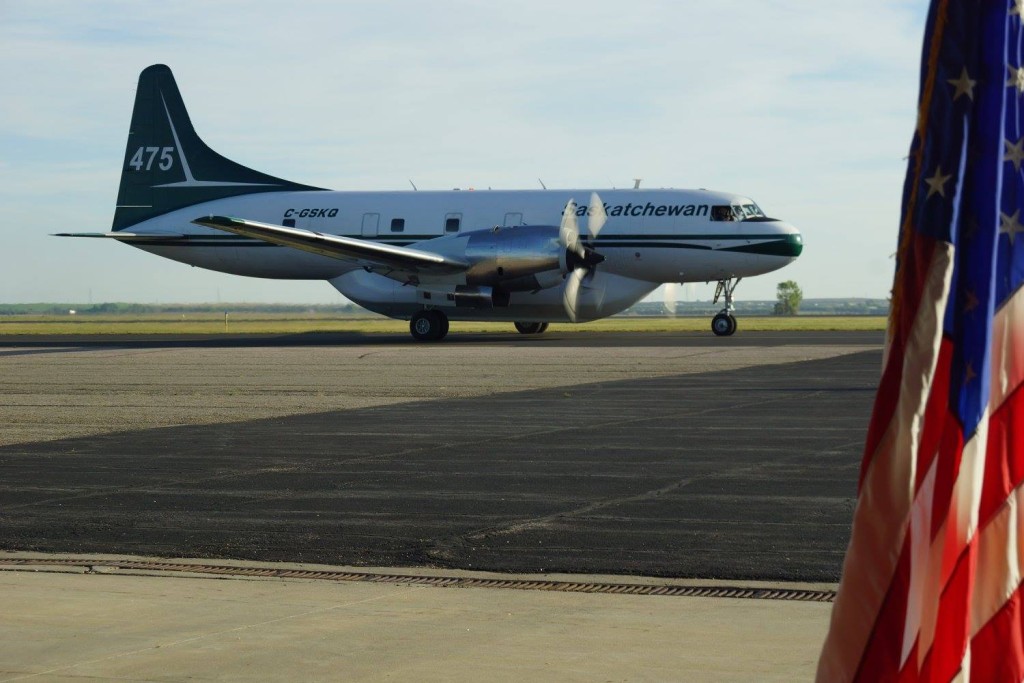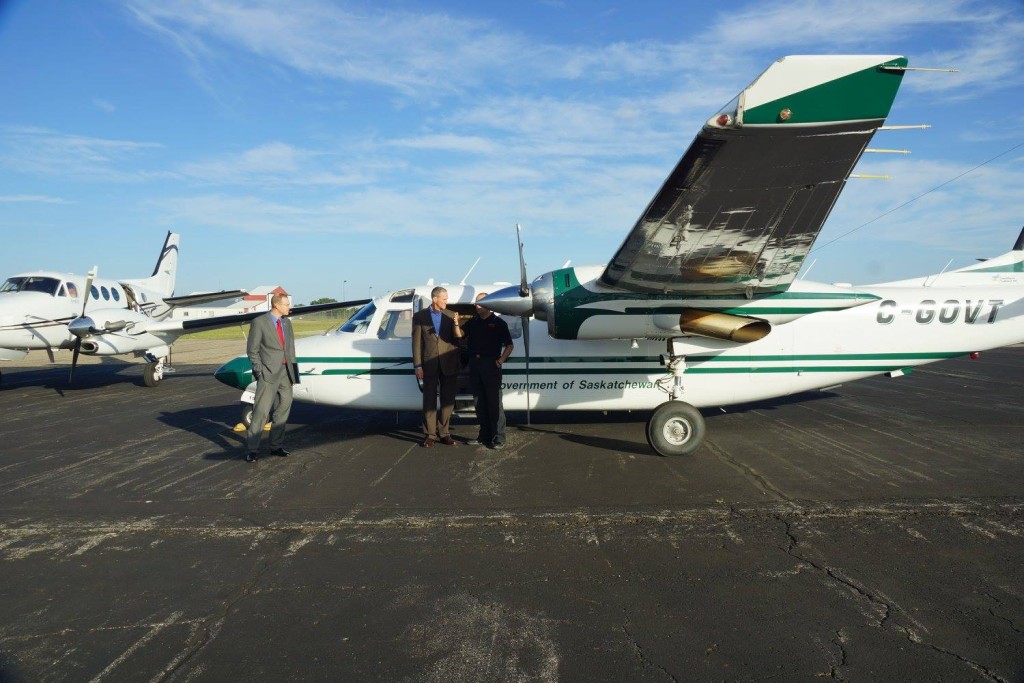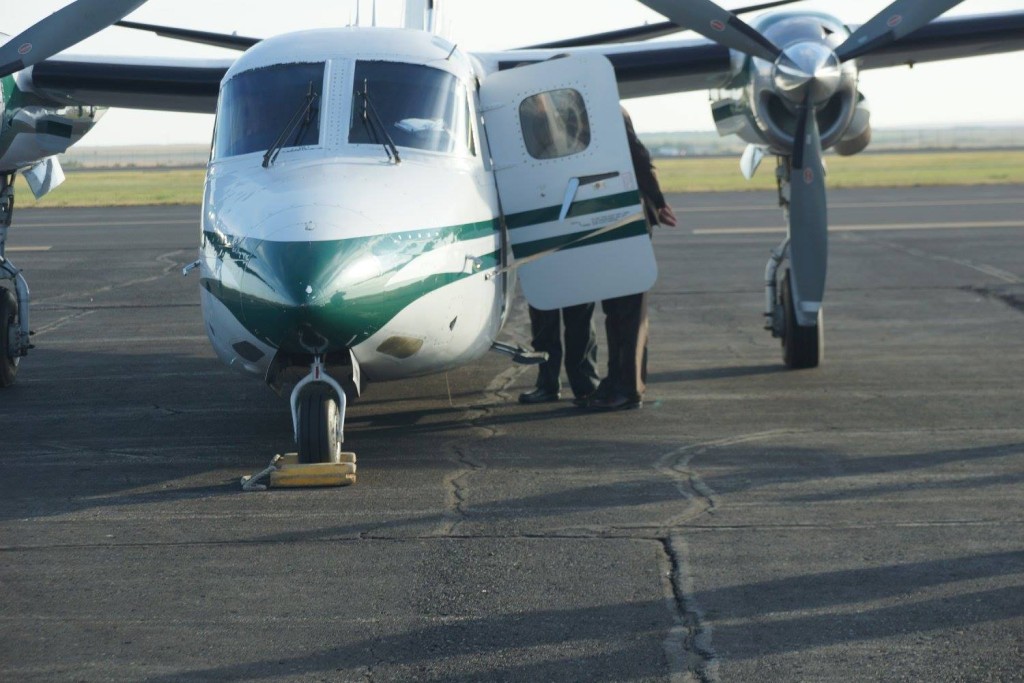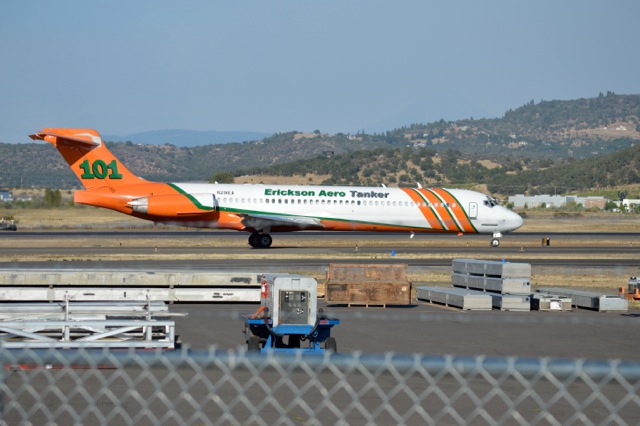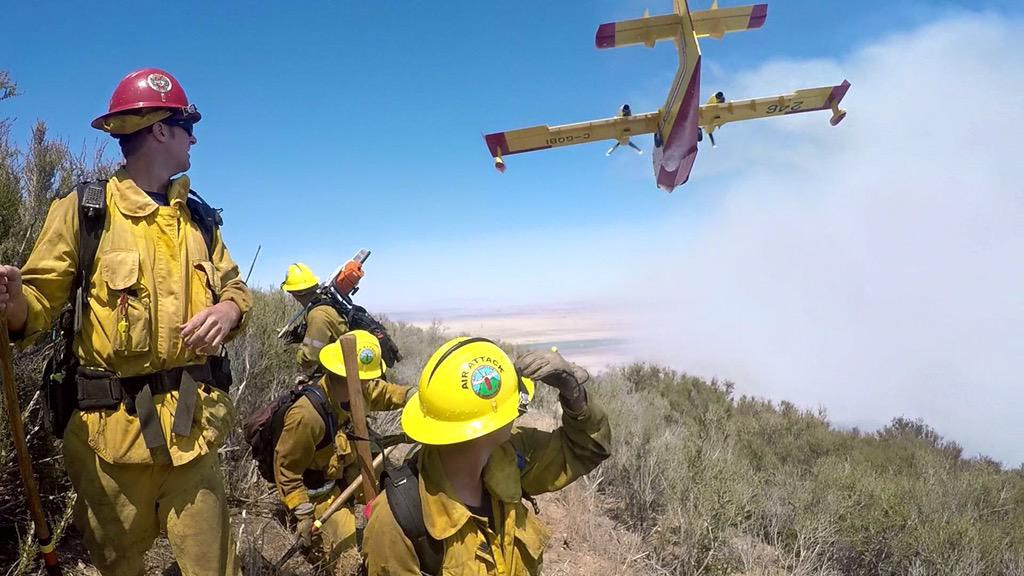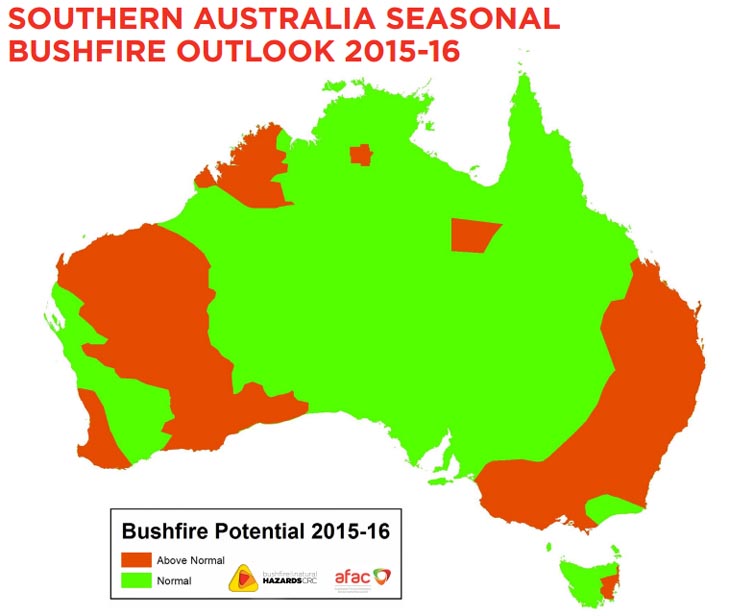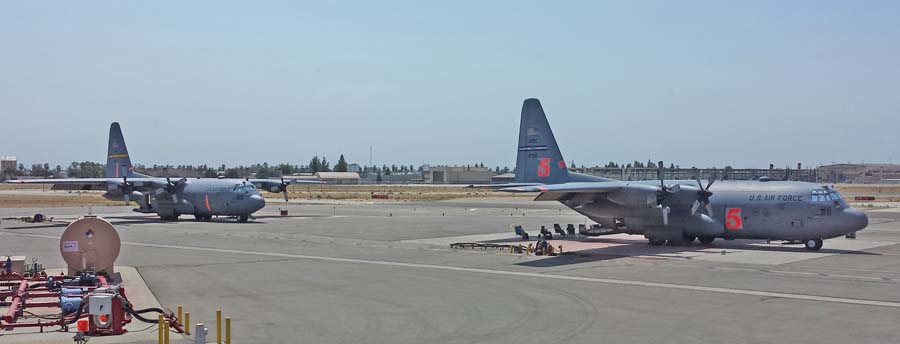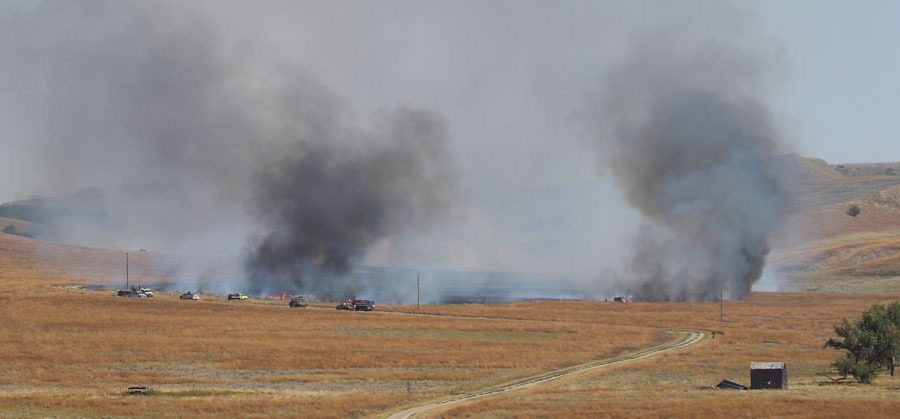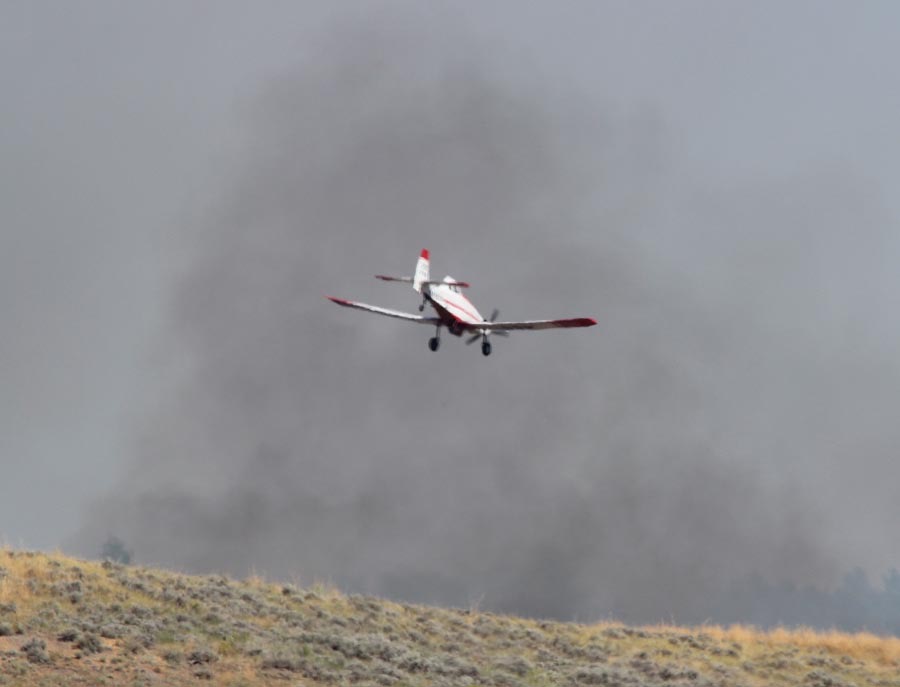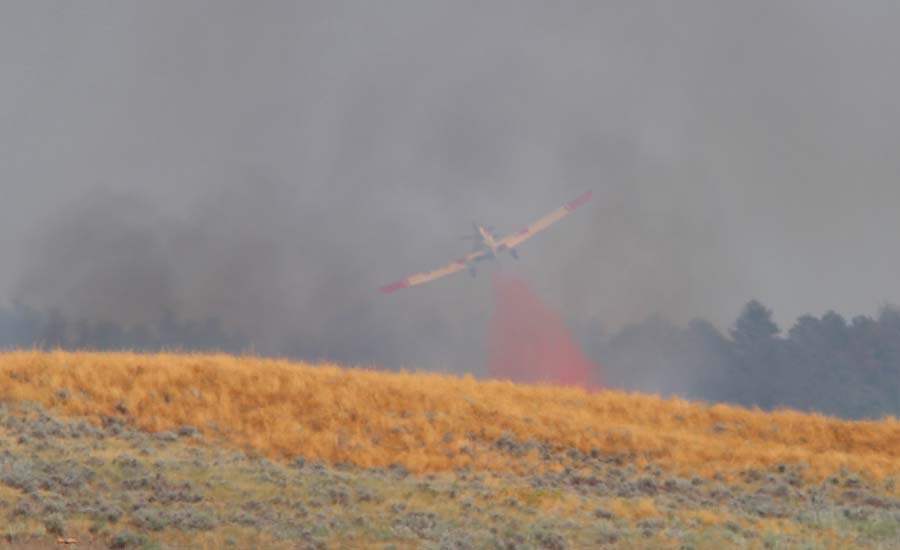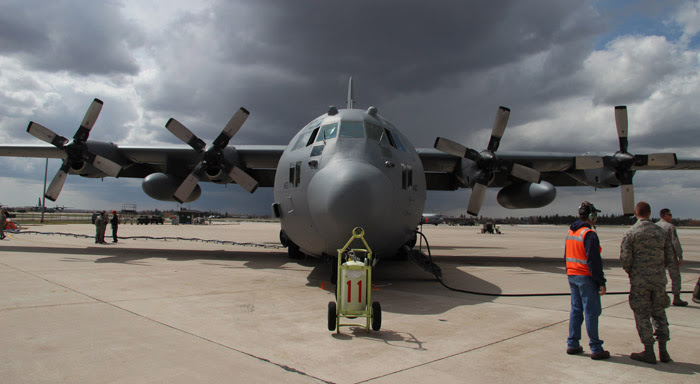
The Representative and the two Senators from Wyoming have asked the U.S. Forest service to base their seven-aircraft fleet of HC-130H air tankers in the state. Cheyenne and Greybull were two airports suggested by the politicians as possible locations for the aircraft that are in the process of being converted into air tankers after being discarded by the Coast Guard.
Below is an excerpt from an AP article:
The Cheyenne airport and the airport in Greybull, in particular, are eager to have the HC-130H search-and-rescue/reconnaissance planes the Forest Service has begun acquiring from the U.S. Coast Guard, Sens. Mike Enzi and John Barrasso and Rep. Cynthia Lummis wrote Tuesday to U.S. Department of Agriculture Undersecretary Robert Bonnie.
At the airport in Greybull, B&G Industries LLC has a new runway and a hangar facility with room for two aircraft, the delegation wrote.
Cheyenne Regional Airport has a move-in-ready facility and can offer the government fuel incentives and cost-sharing in snow removal and de-icing, they added.
“We ask that you consider all viable Wyoming facilities in your search for a long-term facility for the Forest Service aircraft,” they wrote…
On September 2, 2015 the USFS formally requested information from facilities that could support the seven-aircraft fleet (Solicitation Number SN-2015-16), with responses due September 16. The agency was only asking for information from interested parties, and will not award a contract based on the Request for Information.
Below is an excerpt from the RFI:
The USFS would like to analyze current and potential air tanker bases to determine infrastructure capabilities and deficiencies, specifically the adequacy of airtanker base design, airtanker base operations, geographic/range efficiency, and airtanker base personnel staffing, qualifications and training regarding the utilization of commercial grade jet aircraft as “Next Generation” Airtankers. Part of the assessment will include travel to the air tanker bases, interviews with key stakeholders, review of Agency handbooks and Operational guides, providing recommendations and cost estimates (for improvements).
It is unlikely that more than one or two of the seven HC-130s would be at the new base at at any one time, except during the winter when they would not have to be dispersed around the country to be available for firefighting.
Thanks and a tip of the hat go out to Chris.


